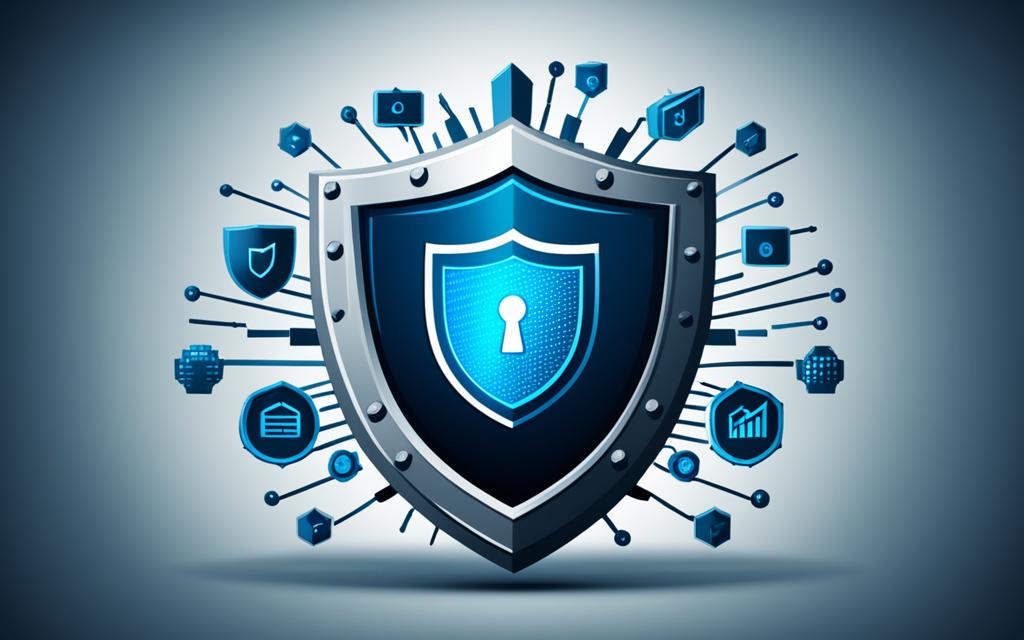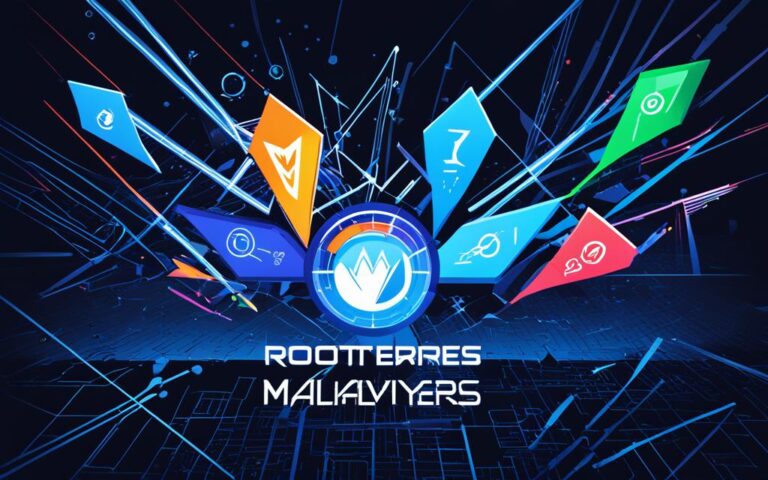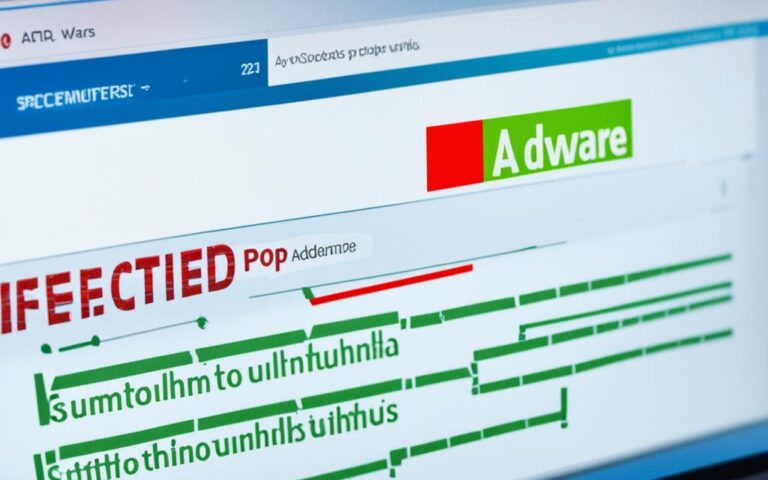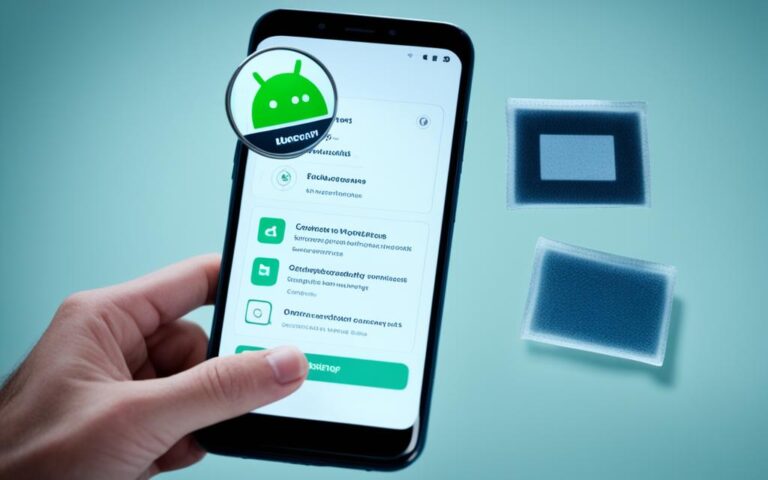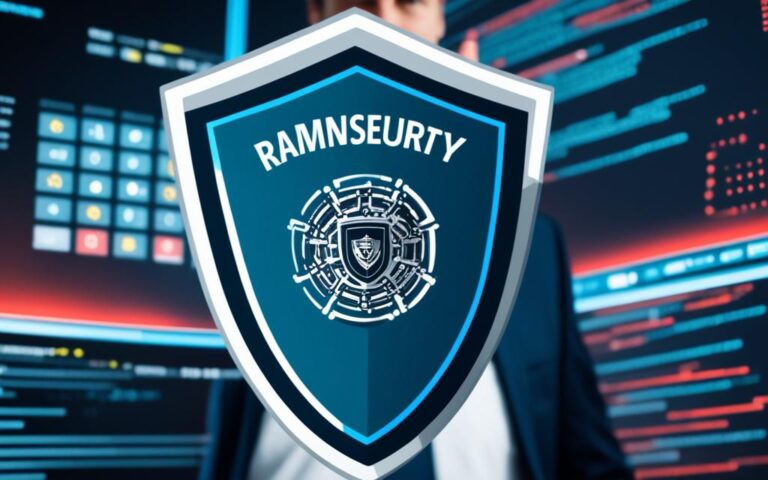How to Choose Threat Neutralization Tools for Your Business
As the digital landscape continues to evolve, businesses face an ever-increasing threat of cyber attacks. To combat this, it is essential for businesses to invest in effective threat neutralisation tools. By choosing the right tools, businesses can proactively protect their valuable data and assets from sophisticated threats.
When selecting threat neutralisation tools for your business, several factors need to be considered. One of the first steps is to assess the specific threats your business may face. Threat intelligence is crucial in identifying and understanding the nature of these threats.
Next, evaluate the capabilities and features that different tools offer. Look for tools that provide comprehensive threat hunting, risk analysis, and rapid investigation support. These features will enable your business to detect threats, respond swiftly and effectively, and mitigate potential damage.
Your choice of threat neutralisation tools should also align with your business requirements. Consider factors such as scalability, integration capabilities, and ease of use. It’s important to choose tools that can seamlessly integrate into your existing cybersecurity infrastructure and provide a user-friendly experience for your team.
Furthermore, it’s essential to assess the reputation and reliability of the vendors behind these tools. Look for established and trusted companies in the cybersecurity industry. Seek out reviews and recommendations from other businesses to gain insights into the vendor’s performance and customer satisfaction.
By taking a systematic approach and considering these factors, businesses can choose the most suitable threat neutralisation tools to bolster their cybersecurity efforts. The right tools will enable businesses to detect, respond to, and contain threats effectively, ensuring the protection of sensitive information and financial assets.
Top Threat Neutralization Tools for Business
When it comes to threat neutralization in the business world, having the right tools is crucial in order to protect valuable data and assets from cyber threats. In this section, we will explore some of the top threat neutralization tools available for businesses.
Kaspersky Threat Intelligence
Kaspersky Threat Intelligence provides in-depth insights on cyber threats targeting financial institutions, digital footprint intelligence, and cloud sandboxing.
IntSights External Threat Protection (ETP) Suite
The IntSights External Threat Protection (ETP) Suite prioritizes vulnerability patching, provides deep web intelligence, and offers automated mitigation.
DeCYFIR
DeCYFIR monitors the deep and dark web, supports brand risk monitoring, and utilizes an outside-in approach to threat hunting.
The Recorded Future Security Intelligence Platform
The Recorded Future Security Intelligence Platform discovers and examines security-related entities in real-time, provides access to relevant intelligence, and offers a brand intelligence module.
ThreatFusion
ThreatFusion gathers insights from the dark web, enables accelerated investigation, and delivers API-ready feeds.
XVigil
XVigil offers digital threat protection, dark web monitoring, and intelligence-based monitoring with non-invasive technology.
Flashpoint Intelligence Platform
The Flashpoint Intelligence Platform collects intelligence from various web sources, offers scalable results, and provides relevant and precise information.
Argos Threat Intelligence Suite by Cyberint
The Argos Threat Intelligence Suite by Cyberint monitors attack surfaces, collects intelligence from the deep and dark webs, and uses forensic canvas for threat identification.
Wildfire by Palo Alto Networks
Wildfire by Palo Alto Networks provides automatic malware detection and prevention, offers next-gen firewalls, and DNS security.
Matchlight by Terbium Labs
Matchlight by Terbium Labs prioritizes alerts, provides actionable insights, and offers tailored support.
ThreatQ by ThreatQuotient
ThreatQ by ThreatQuotient focuses on present and future threats, offers a threat library and adaptive workbench, and allows for open exchange integration.
BloxOne Threat Defense by Infoblox
BloxOne Threat Defense by Infoblox safeguards systems with a hybrid approach, reduces defense costs, and maximizes brand protection.
Digital Risk Protection by PhishLabs
Digital Risk Protection by PhishLabs delivers expert curation, extensive mitigation of digital risks, and offers complete API integrations.
Anomali ThreatStream
Anomali ThreatStream automates the collection and organization of threat intelligence, accelerates threat research, and integrates with security controls.
Blueliv Threat Intelligence Services
Blueliv Threat Intelligence Services protect networks from hacking and malware attacks.
These are just a few examples of the top threat neutralization tools available for businesses. Choosing the right tools based on your business’s specific needs and requirements is essential in ensuring effective threat protection and cybersecurity.
| Tool | Features |
|---|---|
| Kaspersky Threat Intelligence | In-depth insights on cyber threats, digital footprint intelligence, cloud sandboxing |
| IntSights External Threat Protection (ETP) Suite | Prioritizes vulnerability patching, deep web intelligence, automated mitigation |
| DeCYFIR | Monitors deep and dark web, supports brand risk monitoring, outside-in threat hunting |
| The Recorded Future Security Intelligence Platform | Real-time discovery and examination of security-related entities, relevant intelligence access, brand intelligence |
| ThreatFusion | Insights from the dark web, accelerated investigation, API-ready feeds |
| XVigil | Digital threat protection, dark web monitoring, intelligence-based monitoring |
| Flashpoint Intelligence Platform | Collection of intelligence from web sources, scalable results, relevant and precise information |
| Argos Threat Intelligence Suite by Cyberint | Attack surface monitoring, intelligence collection from deep and dark webs, threat identification using forensic canvas |
| Wildfire by Palo Alto Networks | Automatic malware detection and prevention, next-gen firewalls, DNS security |
| Matchlight by Terbium Labs | Prioritized alerts, actionable insights, tailored support |
| ThreatQ by ThreatQuotient | Focus on present and future threats, threat library and adaptive workbench, integration with open exchange |
| BloxOne Threat Defense by Infoblox | Safeguarding systems with a hybrid approach, reduced defense costs, maximized brand protection |
| Digital Risk Protection by PhishLabs | Expert curation, extensive mitigation of digital risks, complete API integrations |
| Anomali ThreatStream | Automated collection and organization of threat intelligence, accelerated threat research, integration with security controls |
| Blueliv Threat Intelligence Services | Protection of networks from hacking and malware attacks |
Understanding Threat Detection and Response for Your Business
Threat detection and response is a crucial cybersecurity tool in safeguarding your business against cyber threats. It involves two key components: threat detection and threat response.
Threat detection is the process of analyzing security ecosystems to identify malicious users and abnormal activities that could pose a threat to your business. By monitoring network traffic, log files, and user behavior, threat detection tools can provide insights into potential cybersecurity risks.
Threat response focuses on mitigating and neutralizing cyber threats once they have been detected. This involves implementing appropriate measures to prevent further damage and protect your business against future cyber attacks.
Effective threat detection and response requires a proactive approach, ensuring continuous monitoring and visibility across your business’s endpoints. Integrated security solutions and robust incident response plans play a crucial role in minimizing the impact of cyber threats and maintaining the security of your business.
The Importance of Proactive Monitoring
Proactive monitoring is vital to detecting and responding to cyber threats effectively. By constantly monitoring your network, systems, and applications, you can identify potential vulnerabilities or suspicious activities before they escalate into major security breaches.
Through ongoing monitoring, you can:
- Detect abnormal user behavior and potential insider threats.
- Identify unauthorized access attempts and block them in real-time.
- Monitor network traffic for anomalies and indicators of compromise.
- Receive alerts and notifications for potential security incidents.
With proactive monitoring in place, you can take immediate action and respond swiftly to emerging cyber threats.
Integrated Security Solutions for Comprehensive Protection
Integrated security solutions provide a holistic approach to threat detection and response, allowing your business to benefit from seamless collaboration and enhanced visibility. These solutions bring together various cybersecurity tools and technologies to create a unified defense against cyber threats.
By integrating different security tools, you can:
- Collect and analyze data from multiple sources to gain a comprehensive view of your business’s security posture.
- Automate threat detection and response processes, reducing manual effort and improving efficiency.
- Combine threat intelligence with real-time monitoring to detect and respond to emerging threats.
- Share information and collaborate across different teams to ensure a coordinated response to cyber incidents.
Through the integration of security solutions, your business can achieve a higher level of threat detection and response capability, effectively mitigating cyber risks.
The Benefits of Threat Detection and Response for Your Business
“Threat detection and response is not just about protecting your business’s assets; it is about safeguarding your reputation, customer trust, and maintaining compliance with data protection regulations.”
Implementing robust threat detection and response measures offers several benefits to your business:
| Benefits | Description |
|---|---|
| Early detection of cyber threats | Identify potential threats before they cause significant damage or data breaches. |
| Faster response and containment | Respond promptly to cyber incidents to minimize their impact on your business operations. |
| Protection of valuable data | Keep your sensitive information secure and maintain the trust of your customers. |
| Mitigation of financial losses | Prevent financial losses resulting from cyber attacks, such as ransomware or theft of intellectual property. |
| Maintaining regulatory compliance | Ensure adherence to data protection regulations and avoid financial penalties. |
By investing in comprehensive threat detection and response solutions, you can stay one step ahead of cybercriminals and protect your business from evolving cyber threats.
Methods and Types of Threat Detection
Threat detection plays a crucial role in safeguarding businesses against cyber threats. By leveraging various methods and types of threat detection, organizations can proactively identify and respond to potential security breaches. Let’s delve into some common methods and types of threat detection, as well as popular threat detection systems.
Methods of Threat Detection
Advanced Threat Detection: Advanced threat detection involves the use of evolving security techniques to identify and respond to persistent malware threats. It employs sophisticated algorithms and machine learning to detect and mitigate cyber threats in real-time.
Threat Modeling: Threat modeling is a proactive approach that utilizes threat intelligence to assess risks and perform threat mapping. It helps organizations identify potential vulnerabilities and prioritize their security efforts accordingly.
Types of Threat Detection
Configuration Detection: Configuration detection focuses on identifying security gaps resulting from misconfigurations in systems, software, or networks. It involves regularly scanning and auditing configurations to detect potential vulnerabilities.
Modeling Detection: Modeling detection uses machine learning and behavioral analytics to create models and detect abnormal patterns or activities that may indicate a security breach. It helps organizations identify unusual behaviors and take immediate action.
Indicator Detection: Indicator detection involves monitoring known indicators of compromise (IOCs) such as IP addresses, domain names, or file hashes. By identifying these indicators, organizations can detect and respond to potential threats.
Threat Behavior Detection: Threat behavior detection focuses on analyzing the behavior of users, applications, or network traffic to detect malicious activities. It helps identify anomalies and potential threats that may bypass traditional security measures.
Threat Detection Systems
Various threat detection systems play a crucial role in protecting businesses against cyber threats. Here are some popular ones:
| Threat Detection System | Description |
|---|---|
| Security Information and Event Management (SIEM) | SIEM solutions collect and analyze security event data from various sources, providing organizations with real-time insights into potential threats and vulnerabilities. |
| Endpoint Detection and Response (EDR) | EDR solutions continuously monitor and analyze endpoint activities to detect and respond to advanced threats that evade traditional security measures. |
| Network Traffic Analysis | Network traffic analysis tools monitor and analyze network traffic to identify anomalies, suspicious activities, and potential threats. |
Implementing a comprehensive threat detection strategy that combines effective methods and types of threat detection with robust threat detection systems is essential for ensuring the security of businesses in today’s digital landscape.
Conclusion
In today’s digital landscape, safeguarding your business against cyber threats is of paramount importance. The right threat neutralization tools can play a crucial role in detecting, responding to, and containing sophisticated threats. By carefully considering the features and capabilities of different tools, businesses can enhance their cybersecurity and protect their valuable data and assets.
Effective threat detection and response require a holistic approach, with integrated tools that enable proactive monitoring and provide visibility across endpoints. Investing in cutting-edge technologies and staying updated with the latest threat intelligence can empower businesses to stay one step ahead of cybercriminals.
Implementing effective threat neutralization tools not only mitigates the risk of financial and reputational damage but also instills confidence in customers and stakeholders. With robust security measures in place, businesses can focus on their core operations while minimizing the potential disruptions caused by cyber threats.
